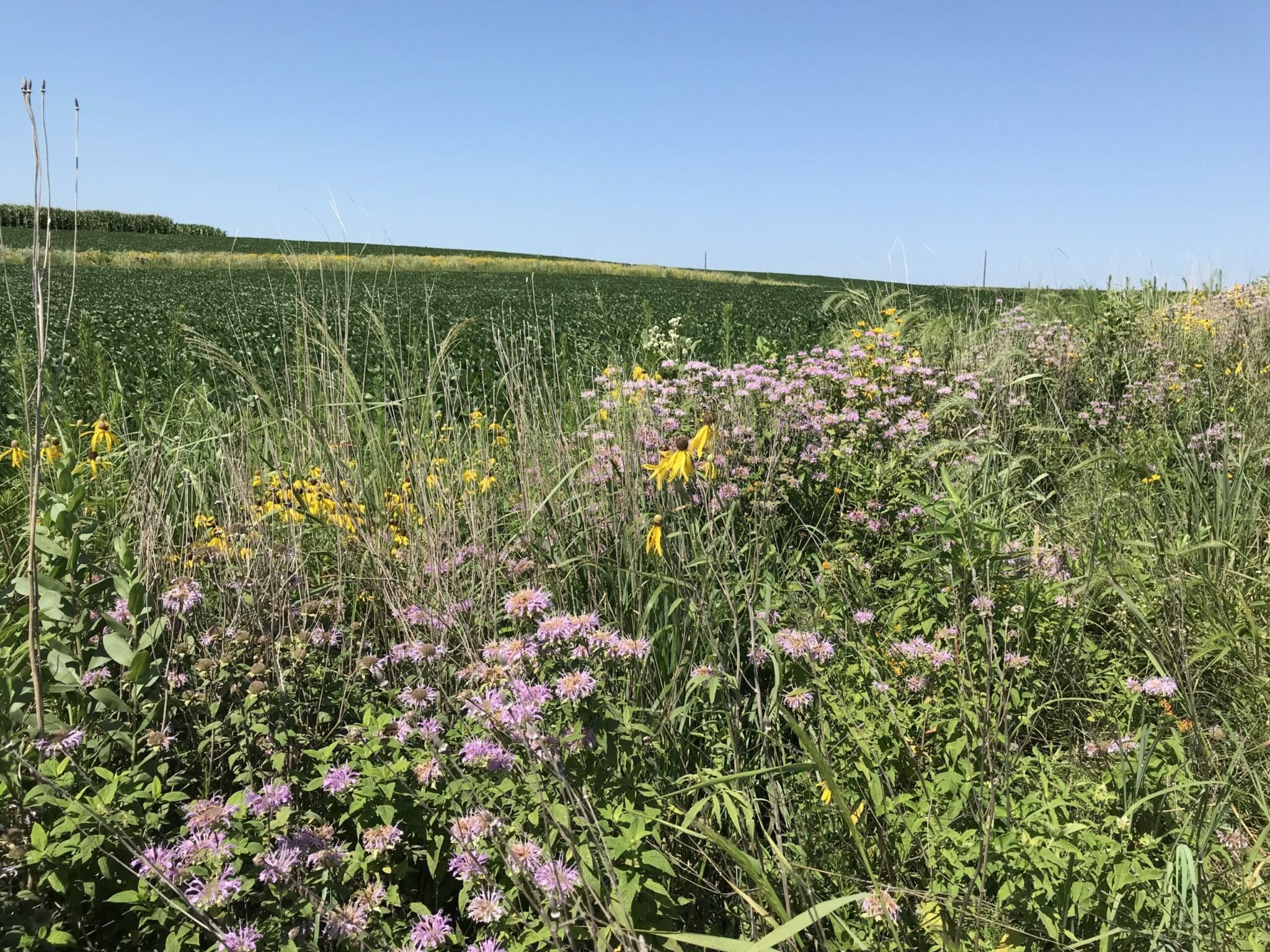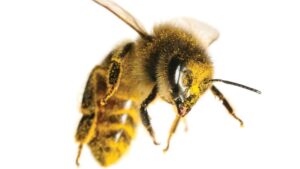Integrated pest management aids smarter decisions.
Traditionally, a farmer solely focuses his work on growing crops. But what if his focus actually became on “farming insects” instead? More and more, it’s becoming increasingly important to consider the role of integrated pest management (IPM) on the farm.
Matt O’Neal, professor of entomology at Iowa State University, says the term dates back to the late 1950s, though it has evolved in the past 60 years.
“Back then, farmers often made insecticide applications based on the calendar date, often without scouting,” he says. “Entomologists and ecologists started asking if all those were really needed. They believed being mindful about those decisions could reduce many potential negative effects, and that led to the tools we use for IPM today.”

Tony Burd, regulatory and stewardship manager for Syngenta, says IPM has evolved, but the main idea incorporates monitoring pests and reaching thresholds before treating a field.
IPM does not suggest that farmers should not use pesticides; rather, they should ensure an application is needed and correctly timed.
“In the long run, IPM is good for the grower, the environment and the community,” Burd says.
Articulate the Incentives
Delta F.A.R.M is an association of growers and landowners who strive to use practices which will conserve, restore and enhance the environment of northwest Mississippi. Trey Cooke, executive director, says one important aspect is encouraging farmers to use an IPM strategy, but the incentives must be clear.
“If I’m asking a farmer to change how they’ve always done something, they want justification as to why,” he says. “We have to give them the direct benefits, and in this case, it’s often about managing costs.”
Not only is an IPM strategy good for the land, but it’s also often a cost savings for farmers when scouting reports show that insect levels aren’t high enough to need an insecticide application.
Cooke says farmers can also be incentivized through financial assistance programs, such as the Natural Resources Conservation Service.
Perhaps, most important, is protecting the longevity of the insecticides that do work when infestations are high enough to warrant them.
“If you are spraying too much or at the wrong time, it can lead to resistance, and once that happens, the losses will be much higher,” Burd says. “It’s extremely important as a long-term strategy for sustainability.”
Best Practices
Though each operation has its own best practices, the three basic steps for a successful IPM strategy are to identify pests, to use good scouting techniques to determine population levels and to select the right products when applications are needed.
“The use of insecticides is part of an IPM approach after scouting and using an appropriate threshold to trigger the application,” Burd says.

Cooke says in his area, nearly all farmers rely on crop consultants to determine when insecticide applications are necessary.
In addition, state Extension offices often have resources for farmers looking to better understand pests of concern.
Burd says there are several options available for farmers including traps, and farmers using an IPM system can develop scouting routines with the help of universities and other support.
“Many universities have helped set up the threshold and scouting techniques to help farmers make those decisions about applications,” he says.
Best practices range depending on the crop, but Burd says it’s common for scouts to check various areas of a field once a week.
Attract Predators
Ensuring pesticides are correctly and safely applied is another important IPM aspect.
“Some insecticides will affect beneficial insects along with the target pest,” Burd says. “In a good IPM approach, this is limited by scouting and making the applications at threshold levels and even choosing a pesticide that has little impact to beneficial insects.”
Another management strategy for insect control is attracting predatory insects. Cooke says this can be done by adding lucrative habitats to adjacent cropland.
In greenhouse settings, IPM often relies more heavily on predator insects.
“Biological control can be effective, especially for fruit and vegetable markets,” O’Neal says.
But there are other cultural controls, such as rotating corn and soybeans to disrupt rootworm lifecycles, for example.
Aiding Beneficials
IPM isn’t just about eliminating problematic insects. It’s also about working with beneficial insects. Farmers can use marginal land to create additional forage for pollinators.
“We have farmers who are putting prairie strips in their fields, while using IPM in such a way that the strip persists, encouraging habitat for pollinators while still farming commercially,” O’Neal says.
Research is still being done on the long-term value of these prairie strips for pollinators, including honey bees and monarchs, but right now, providing this habitat and the diverse forage within it is producing a noticeable result. Farmers and Extension specialists are working to reduce any potential pesticide drift to these areas of conservation that are often embedded within a field. Recently, prairie strips were added as a practice within the Conservation Reserve Program for the 2018 Farm Bill, which could help to support the adoption of this practice.

Cooke agrees that targeting applications is important, especially around managed habitats.
“We always advocate for producers to follow the label instructions and use best practices to ensure applications are not drifting to other areas or habitats,” he says.
It’s an important safety measure to protect pollinators, but Cooke says adding habitats to farms can also actually help reduce pest pressures on nearby crops.
Cooke notes that these areas do require management, which could classify them as “insect farmers.”
However, he believes these tasks don’t overlap with farmers’ commodity crop needs.
“It’s not competing with the production year,” he says.
Plus, O’Neal says row-crop farmers aren’t the only ones using IPM. There are applications for beekeepers as well.
“Hives are at risk for pests just like crops are, and farmers have to use scouting and miticides to control those issues,” O’Neal says. “It’s important they do that responsibly so the varroa mite doesn’t become resistant just like we are concerned about resistance to insect pests of crops.”
It’s all about balance.
“The best IPM approach is to allow beneficial insects to survive when they are present and only make applications to a crop when a particular threshold of that pest is reached,” Burd says.
While farmers using an IPM approach likely don’t consider themselves as “farming insects,” they are certainly managing them.
“IPM is not about following set rules; but rather, it’s using these tools to promote a better future,” O’Neal says.













